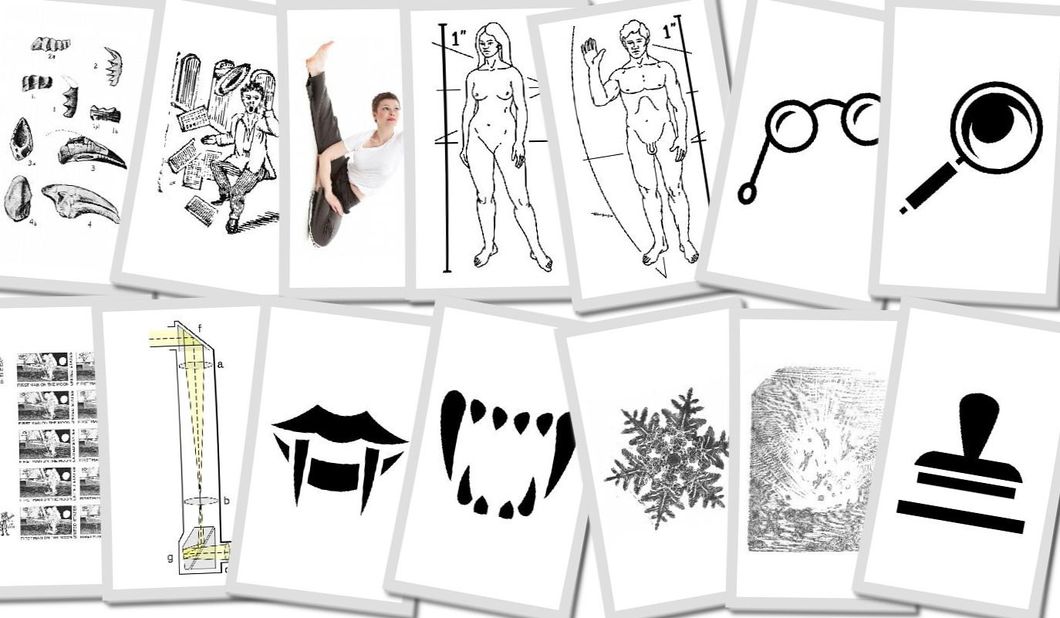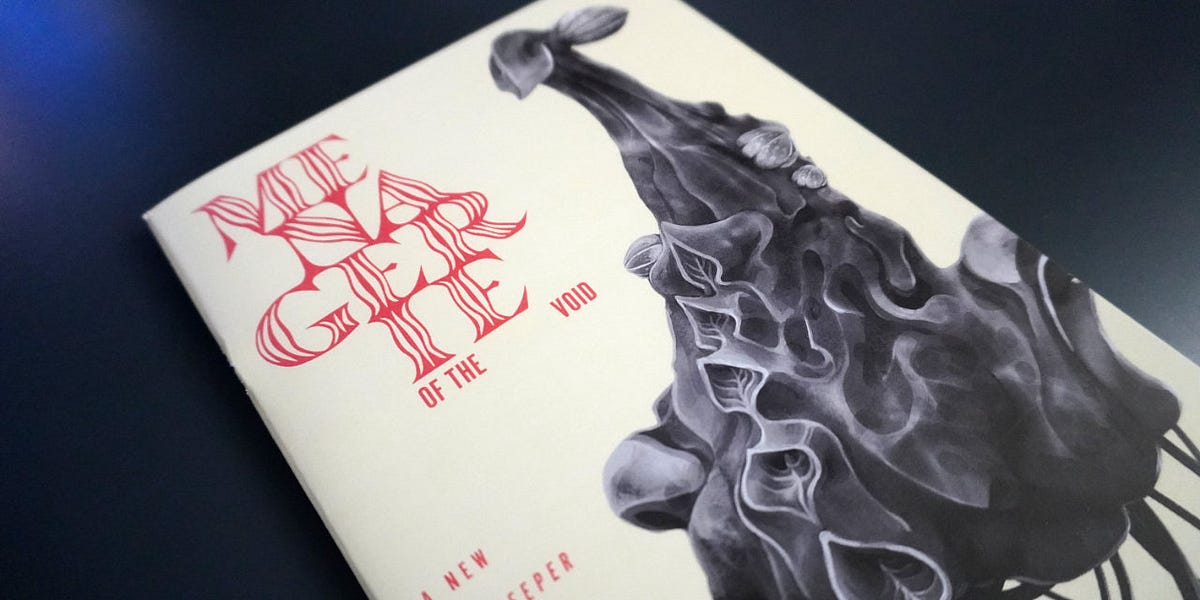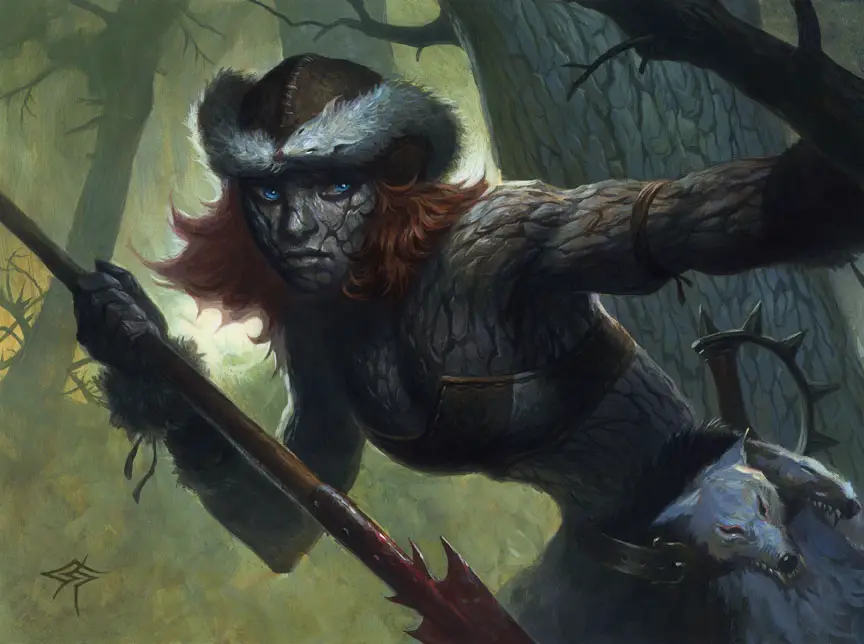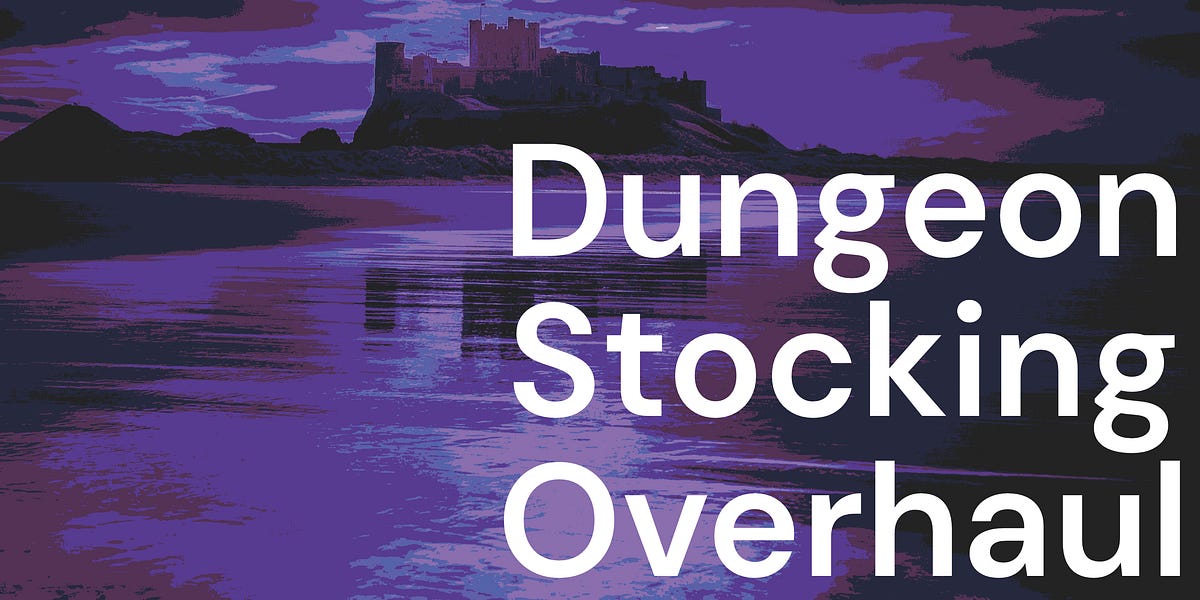SMOOSH JUICE
Slugblaster (Part 1)

Slugblaster is a game by Mikey Hamm and published by Wilkie’s Candy Lab. Content is reproduced and referenced here for review purposes, and is owned by its owners. It has benefited from a crowdfunding campaign.
In our analysis, we consider every individual artistic element of a game the best; we don’t find bad or good useful. So, the Split/Party framework assumes it is the best art, best layout, best writing, best design. This is an acknowledgment that nobody makes “bad” art on purpose; any given element is the best art that could have been produced at that point, restricted by its material conditions and constraints of time and effort. This is also because saying something is good/bad art is the most useless criticism that can be given. In practical terms, this section is for things we will not touch on the review but merit acknowledgment.
Lhuzie Yep, we continue our trend of “let’s see what people have been pushing FitD to do” game. And with Slugblaster, it may be the farthest a game strayed from the framework skeleton of BitD.
The game is a treasure. Clean layout, elegant presentation, tone establishing art, an actual art direction. Considering the material conditions involved in its production1, an amazing feat. Top marks, another offering to the art form for which I am grateful.
BradLet’s blast some Slug! This game is a beautiful and elegant little number, the physical rulebook is formatted differently than the normal RPG book format and crams so much wonderful art and information into its pages that it could easily have become illegible. Instead, it stays focused and well designed in its layouts and I honestly can’t complain about any of it.
Each game comes with certain expectations and tone. To properly break it down, we have to meet the game at the level it is: not lament its choice of premise and wish it was something else, nor resent for not conforming with our politics, not letting “missed opportunities” stand in our way of applying the critical framework relentlessly. It also includes not working with the game as marketed or how it exists in our desires, but as it is.
LhuzieThe game is reckless but playful, and assumes the tone of your play will be similar. You will be playing teenagers or teenage-likes, with all that implies. It is especially good at creating local, specialized safety procedures: it integrates a common tool — Script Change — in its procedures, and has a session zero tone and comfort procedure that is very focused in making sure that things that will be a factor in a game of Slugblaster are covered.
It is one of the best FitD at divorcing itself from BitD, so it is pretty approachable for anyone else coming directly to it. May even be the first FitD where familiarity with BitD is not a plus.
I have lamented before that the art of the player and GM’s principles has fallen to the wayside, being just a box you cross in a checklist “because that’s what PbtA-likes do”. I’m happy to say that Slugblaster not only is excellent at them, natural in presentation, it also front-loads them! It is pretty good at setting the tone and expectations of how to play the game in a way that maximizes your enjoyment.
BradSlugblaster tells you on page one what its about and it maintains a tone relevant to that throughout, it even has the courage to explain exactly why each of its inspirations is mentioned and what you as a GM or player should take from them in that regard. This is such a rare thing in our hobby that makes me giddy.
The session zero set up is also unafraid to tell the playgroup things, “Hey, we don’t really think it’s appropriate to kill other sentient beings in this game.” Is a line that so many games think but never dare to put to print, and here it is included in the aforementioned set up! It even discusses the vibe of American small towns for our foreign comrades.
Slugblaster knows what it is about and is unafraid to wear that on its board.
Games are about things. Usually. Mostly. That is often the same thing they market themselves as. This often means to establish the relationship of the game with systems, mechanical frameworks, genre, etc. This is how games establish exceptions about the nature of play and establish a common space for creation.
LhuzieYou’re teens with a skateboard, a raygun and the attitude and means to go through interdimensional portals into another worlds. You can do the sickest tricks there!
BradTake one part Skate Punks, Two Parts small town misery, with generous helpings of multiversal exploration and bildungsroman blend till smooth and serve over a generous helping of anti-authoritarianism. Add garnish as necessary.
What the game says it is about is not always what the game is about. This is where we look at all the weird interactions, examining the system that game creates, how the way mechanics interact with the text and art, how it exists in a given context, how well parts flow together or get in the way. This creates a much richer environment that the original design could ever imagine once a game hits the table.
LhuzieThere are many TTRPGs about children. Hell, all too common are games that are exclusively, about teenagers and the drama of being teen. When people feel like comiting the crime of game design, they have made all sorts of mechanics to replicate what it is like to be a teen — the entirety of Must Be Tuesday, strings, Influence, etc. Slugblaster is one of the few that is all about capturing the energy of being a teenager into the skate scene — no matter what your actual age. This focus may have served it well; a more mechanical-fronted would have had to fight the inherent BitD of FitD. This approach is more versatile, allowing you to hit the rail as long as the pacing and energy is just right. And the energy is just right — in BitD, you’re getting in trouble no matter what you do, so you already have an engine that produces the outcome most common to being a radical teen. No matter what you do slugblasting, you are getting in trouble; it nails that feeling that a teen can never do anything right, that they are still fumbling through their emotions and place around others, that even at their most impressive and coolest, they have made something wrong. By recognizing the potential of a game engine and finding a way to use every output it creates, Slugblaster found a way to make you play a teen without codifying you as a teen.
One of those escape fumes that even veterans of BitD struggle with is Trauma. With the downward spiral of stress and injury vs income vs downtime actions, every character is inevitably going to get full Traumas and be unplayable. To the point it may be difficult for some to play a character as a person rather than an exploitable resource for the crew. Slugblaster is using every part of BitD — including Trauma. Instead of permanent personality shifts as result of stress burnout, Slugblaster makes it about defining the person that you become. It is tied to falling out among friends, break-ups, growing apart or growing up. When you suffer the consequences of skateboarding through dimensions full of alien terrors, it “locks in” the kind of adult you are becoming. This way too, Slugblaster nails down the teenager existence better than if it had set to do so from the ground up.
Perhaps that is the secret sauce. Because teens are never designed to be teens — they are repurposed children and adults. So a game that is locked in designing being teen will always be a bit off target — and a hack-a-ton like Slugblaster works so flawlessly.
Brad“I never had any friends later on like the ones I had when I was twelve. Jesus, does anyone?” Stand By Me, Stephen King
Slugblaster ends. That is unavoidable and written into every aspect of the game, from the moment you chose a playbook you are accepting your narrative weight in how the story wraps up. You can fret about it, you can weep about it, and you can rage against it, but at the end of the day your radical teens will have to grow up.
Scary huh? So few games realize what makes the truly great story pop is the ending, the moment all of our characters wrap up the tale and wave goodbye and Slugblaster is channeling an even more specific sort of energy by its very nature of being about teens in that transition period. You are in the hallway from childhood to adulthood, pressure mounts every day and one day you have to step forward into the next room.
Slugblaster doesn’t just make you accept this fact; it challenges and mechanizes this. You aren’t just going to grow up, here’s your arc of how you break into some sort of widescale fame and then burn out and then accept that you have grown up, and maybe it wasn’t worth it? Was it Worth it? You tell me.
Cause Slugblaster doesn’t just make this about You, it makes it about your close friends growing up, of that feeling of the last time you all went out to play together. You can’t change the ending, you can’t say “Well, I slugblast forever with my friends forever!” but that’s not a bad thing. You can’t be seventeen forever, but would you really want to be?
One day you gotta grow up.
We really enjoy making these critics, and we hope you enjoy reading them as well. It is through the support of our collective, CyCo. You can find more of our work by backing our Patreon, and support us by sharing these posts with friends. You can also get reminders of new content and further support us by subscribing to our newsletter.
